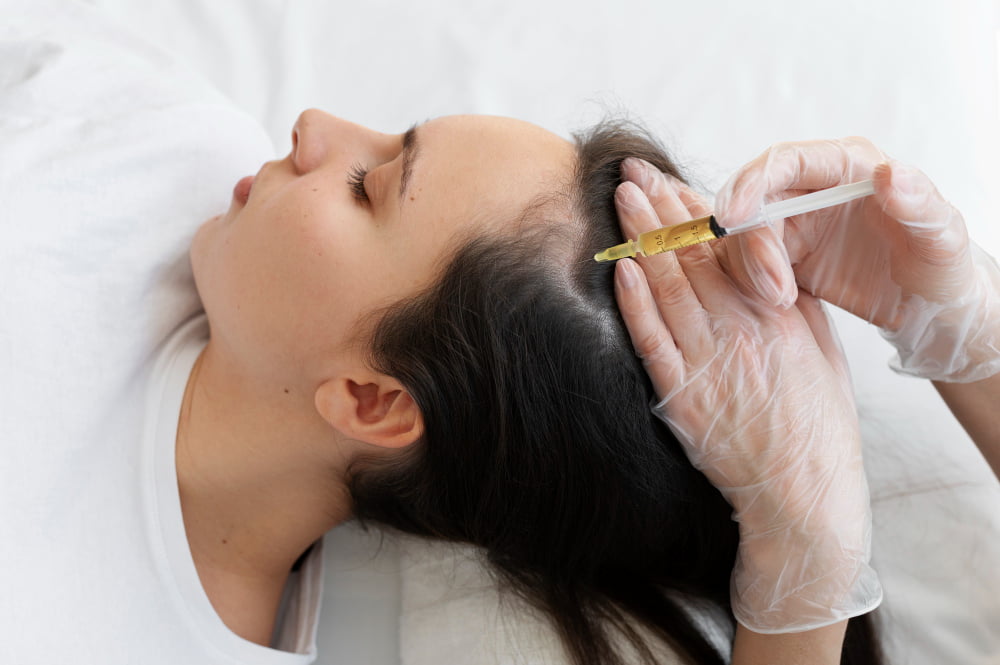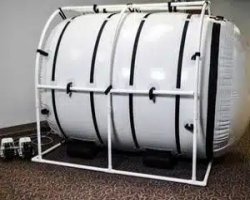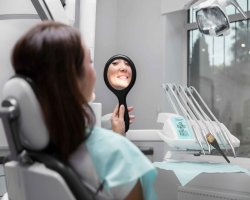How Long Does PRP Hair Treatment Effect Last?

Hair loss can be a distressing experience, leading many to explore advanced solutions like platelet-rich plasma (PRP) therapy. This innovative treatment has gained popularity for its ability to stimulate natural hair growth with minimal invasiveness. If you’re considering PRP hair treatment in Dubai, understanding its longevity is crucial for setting realistic expectations. The results vary depending on individual factors, but most patients experience noticeable improvements for several months to years.
What Is PRP Hair Treatment?
PRP therapy is a non-surgical procedure that uses the patient’s own blood to promote hair growth. A small blood sample is drawn and processed in a centrifuge to separate platelet-rich plasma, which is then injected into the scalp. The growth factors in PRP help rejuvenate dormant hair follicles, improving thickness and density over time.
How Long Do PRP Results Typically Last?
The duration of PRP hair treatment effects depends on several factors, including the patient’s hair loss condition, age, and overall health. On average, results can last between 12 to 18 months after completing the initial treatment sessions. However, some individuals may require maintenance sessions to sustain optimal results.
Initial Treatment Phase
Most clinics recommend a series of 3 to 4 sessions spaced 4 to 6 weeks apart for the best outcome. Patients often notice reduced hair shedding within the first few months, followed by gradual regrowth. The full effects usually become visible around 6 to 12 months post-treatment.
Maintenance Sessions
Since hair loss is often progressive, follow-up treatments may be necessary. A single maintenance session every 6 to 12 months can help prolong the benefits. Without periodic touch-ups, hair thinning may gradually return, though not necessarily to its original state.
Factors Influencing PRP Treatment Longevity
Several variables determine how long PRP results last, including:
Underlying Cause of Hair Loss
PRP works best for individuals with androgenetic alopecia (pattern baldness) or early-stage hair thinning. Those with advanced hair loss or scarring alopecia may see less dramatic or shorter-lasting improvements.
Age and Health
Younger patients with good overall health tend to respond better to PRP. Factors like hormonal imbalances, nutritional deficiencies, or chronic illnesses can affect treatment efficacy.
Post-Treatment Care
Following aftercare instructions, such as avoiding harsh hair products and protecting the scalp from excessive sun exposure, can enhance results. A healthy diet and stress management also play a role in maintaining hair growth.
Comparing PRP with Other Hair Restoration Methods
Unlike surgical options like hair transplants, PRP is minimally invasive with no downtime. However, its effects are not permanent. Transplanted hair, on the other hand, is permanent but requires a more extensive recovery process. PRP can also be combined with other treatments for enhanced results.
Realistic Expectations from PRP Therapy
While PRP can significantly improve hair density, it is not a cure for baldness. Patients should expect:
Gradual improvements over several months
Reduced hair shedding within weeks
Enhanced thickness in thinning areas
Results vary, and some may need additional therapies for optimal outcomes.
Conclusion
PRP hair treatment offers a promising solution for those struggling with hair thinning, with effects lasting 1 to 1.5 years on average. Maintenance sessions can extend these benefits, making it a viable long-term option for hair restoration. If you’re exploring PRP hair treatment consulting a qualified specialist can help determine if it’s the right choice for your needs.










